By Manisha Sahu — America News World
October 19, 2025
The fragile ceasefire between Hamas and Israel Defense Forces (IDF) is once again under severe strain after an attack launched by Israeli forces in Gaza, and contradictory claims between the United States and Hamas about an alleged planned violation of the truce.

Airstrikes in Gaza
On Sunday, Israeli media and Gaza residents reported that the Israeli military had launched air-and-artillery strikes in southern Gaza, especially around the town of Rafah and the eastern area of Khan Younis. Witnesses described multiple explosions, heavy tank fire, and gunstock in those areas. Local health officials in Gaza said at least two Palestinians were killed in an air-strike in the northern Gaza town of Jabalia, although details remain fluid.
According to an Israeli official cited in reporting, the strikes followed attacks on Israeli troops operating in Gaza under terms of the cease-fire agreement — including the firing of a rocket-propelled grenade and sniper fire. The official described these incidents as a “blatant violation” of the truce.
The Gaza side counters the narrative, pointing instead to repeated alleged Israeli violations of the ceasefire and accusing Israel of leveraging the truce to reposition its forces. For instance, Gaza’s media office said Israel committed 47 cease-fire violations, killing 38 Palestinians and wounding 143 since the truce began.
Also read:- GST cuts boost consumption, may lift India’s GDP: Govt
U.S. Warning & Hamas Rejection
Simultaneous with these military developments, the United States Department of State issued a warning that it had received “credible reports” indicating that Hamas was preparing to violate the cease-fire by launching an attack on Palestinian civilians inside Gaza. The statement described such an attack as a “direct and grave violation” of the agreement.
Hamas swiftly responded with a firm rejection of the U.S. claim, calling the allegation “false” and accusing the U.S. of echoing Israeli “misleading narrative”. Hamas insisted it remains committed to the deal and described the U.S. warning as part of a broader attempt to destabilise Gaza internally.
Why It Matters
Cease-fire fragility: The truce, which came into effect on October 11, was meant to be a step towards de-escalation after two years of war between Israel and Hamas. The reported strikes are among the most serious test of the deal so far.
Humanitarian risk: The closure of the Rafah crossing between Gaza and Egypt remains in effect, hampering aid flows and evacuations. Israel says the crossing will stay closed until Hamas hands over the bodies of deceased hostages.
Hostage dynamics: Part of the peace deal involves the return of hostages and bodies. Israel claims Hamas has been slow to turn over the remains of deceased hostages; Hamas attributes this to the difficulty of retrieving remains buried under rubble.
Narrative battle: The U.S. warning and Hamas’s denial reflect the intense propaganda and information war playing out alongside the battlefield operations. Each side seeks to legitimize its actions and delegitimize the other.
Voices From the Ground
A senior Hamas official, Izzat Al‑Risheq, reiterated the group’s commitment to the cease-fire and accused Israel of repeatedly violating it. He denied knowledge of any incident in Rafah or planned attack that the U.S. alleged.
On the Israeli side, commentators suggest that if Hamas indeed carried out attacks on Israeli forces as claimed, then military retaliation may follow — potentially unraveling the truce. Israeli Prime Minister Benjamin Netanyahu reportedly ordered “strong action” after the incidents.
The Stakes Ahead
The next few days will likely be decisive:
Will Israel further escalate? If more attacks on Israeli troops are confirmed, Israel may undertake broader military operations in Gaza despite the cease-fire.
Will Hamas retaliate? If Hamas is pressured or sees further Israeli violations, it might resume offensive operations.
– Humanitarian consequences: Any renewed hostilities risk worsening the dire humanitarian situation in Gaza — famine looming, displaced populations, destroyed infrastructure.
– Diplomatic pivot: The U.S. has signalled its readiness to intervene or impose measures if Hamas violates the deal. Whether that materialises remains to be seen. The credibility of the mediating role could be at stake.
Bottom Line
A U.S. warning of a potential Hamas attack on Palestinian civilians inside Gaza and Israel’s reported retaliatory strikes against Gaza-based targets highlight the fragility of the cease-fire. Each side accuses the other of coming close to—or already committing—a breach. With hostages, aid access, and border openings all in the balance, the peace deal appears on the edge. For the thousands of civilians in Gaza, the greater fear is that this sparring could mark the beginning of a new, even deadlier round of conflict.
Discover more from AMERICA NEWS WORLD
Subscribe to get the latest posts sent to your email.
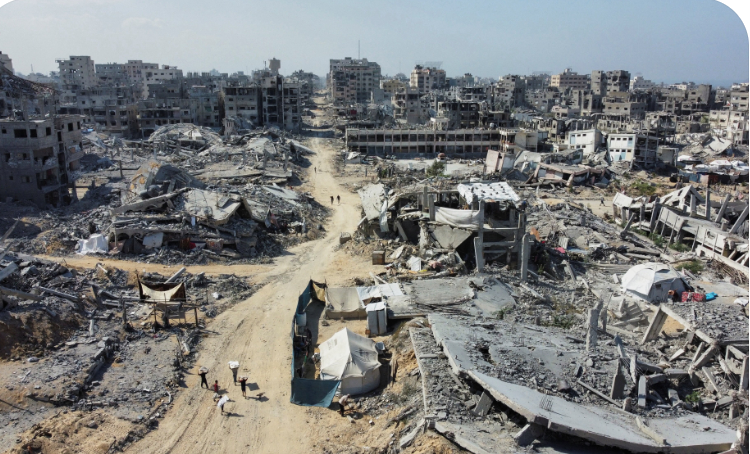


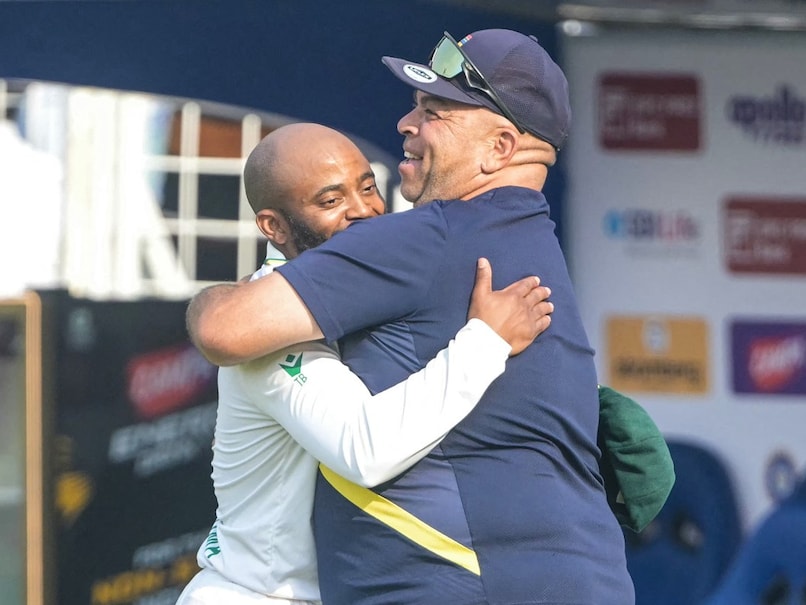

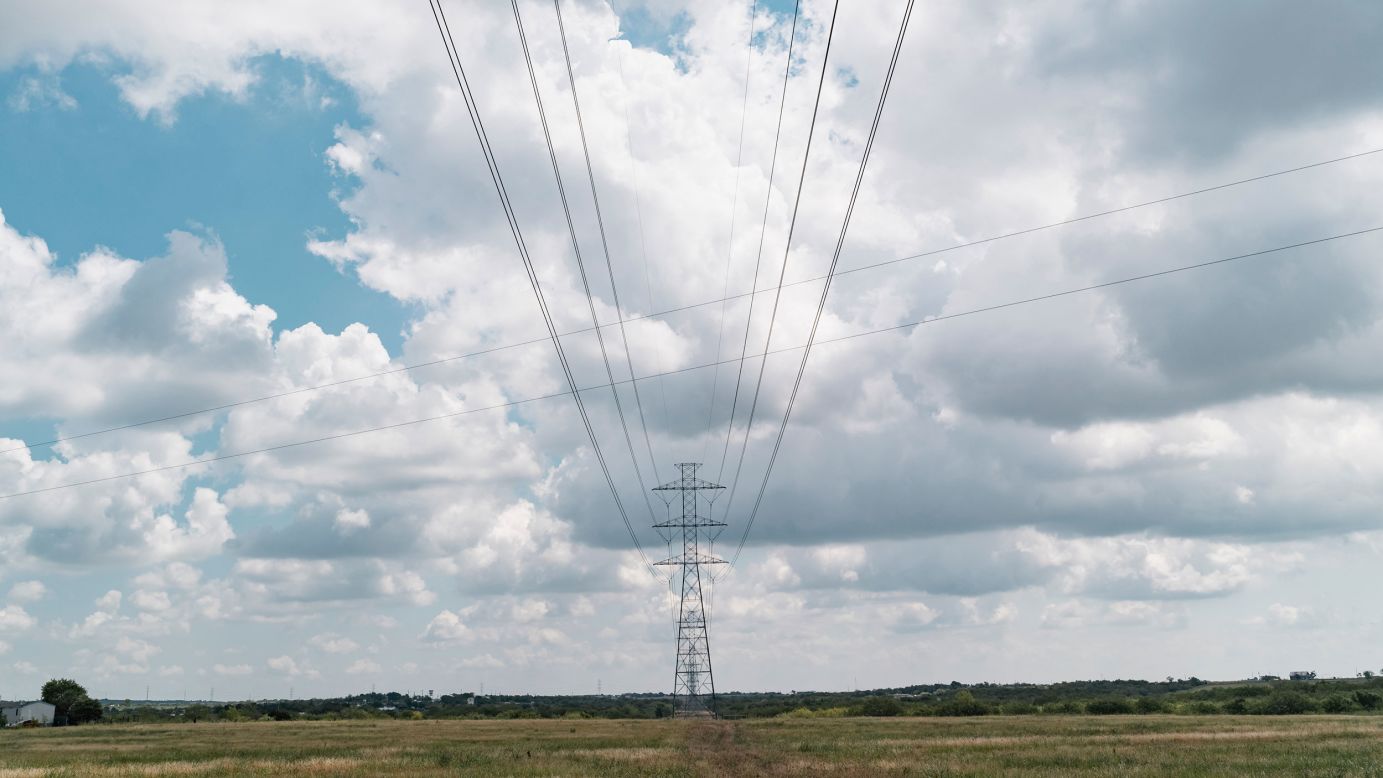







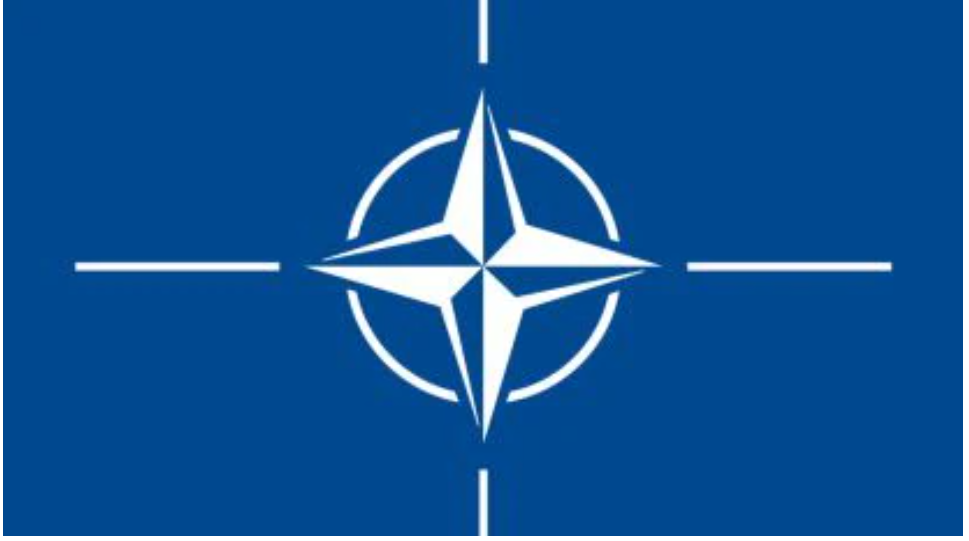




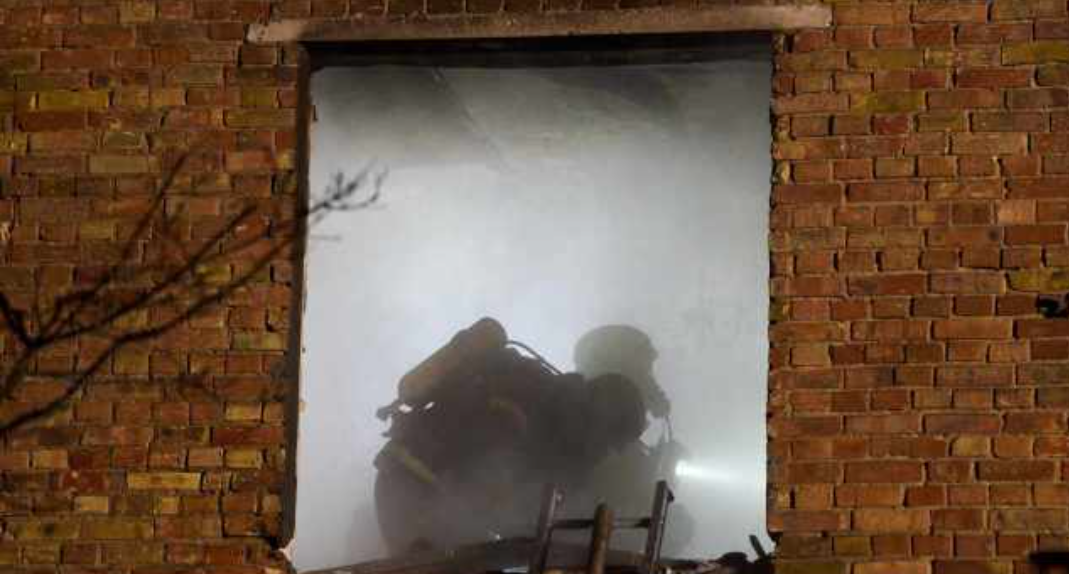













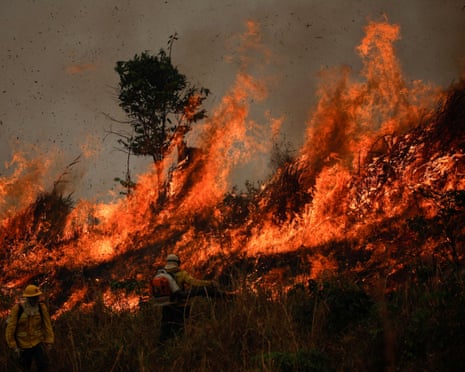
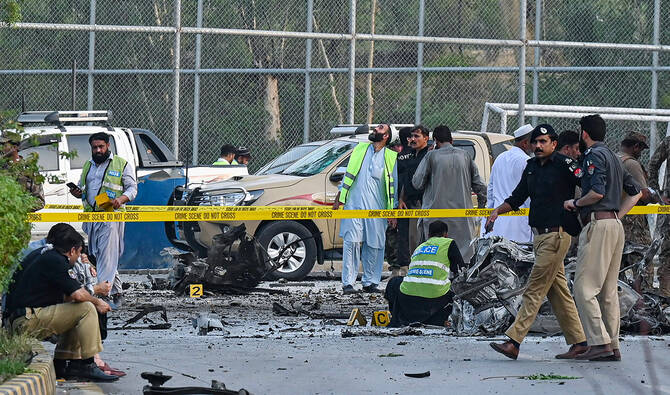


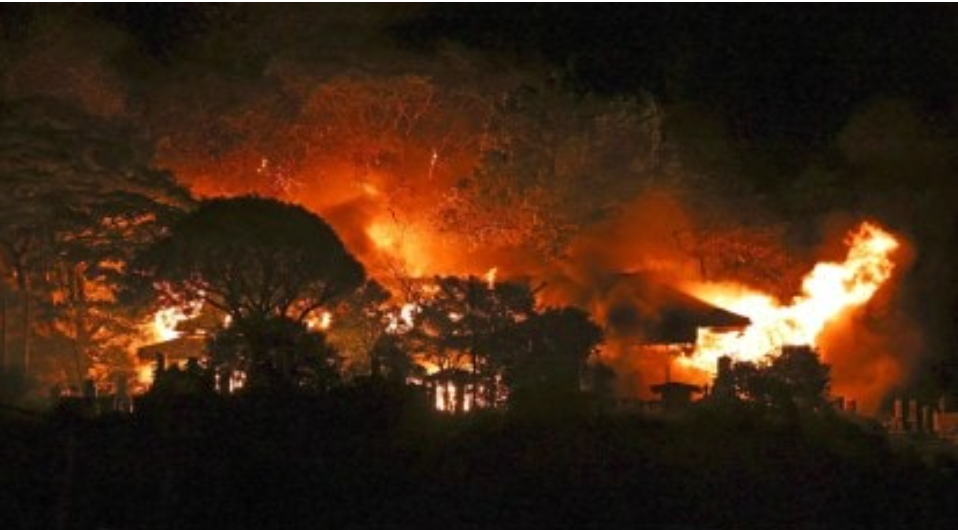


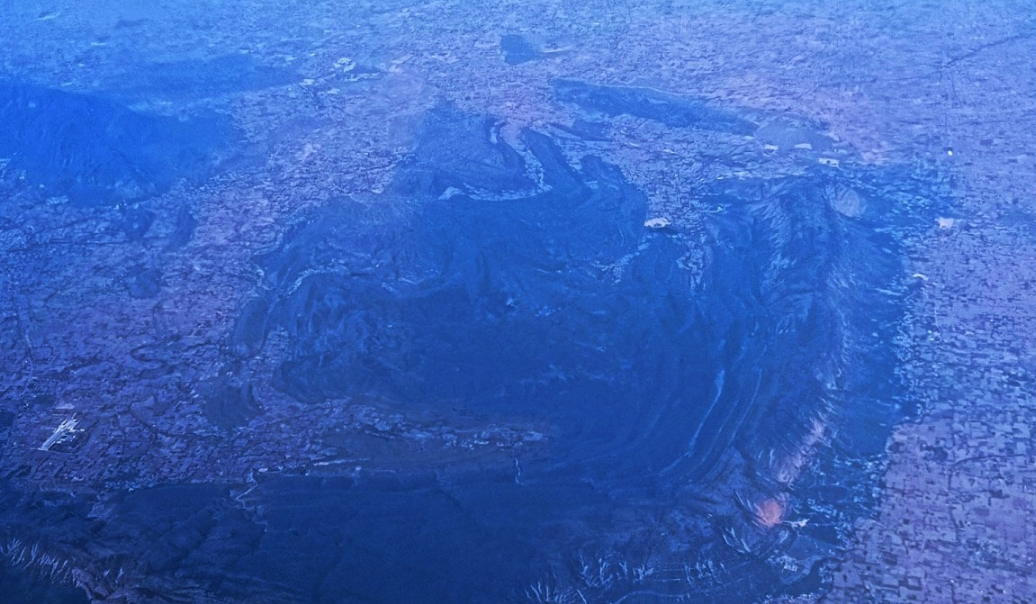
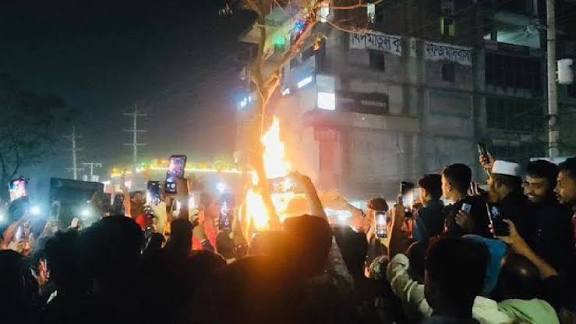
Leave a Reply